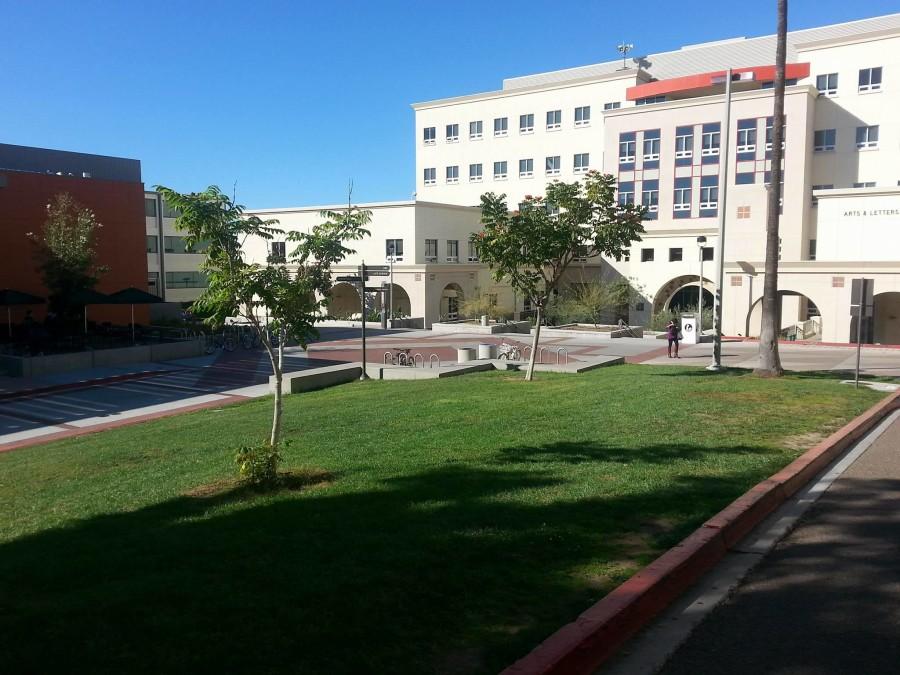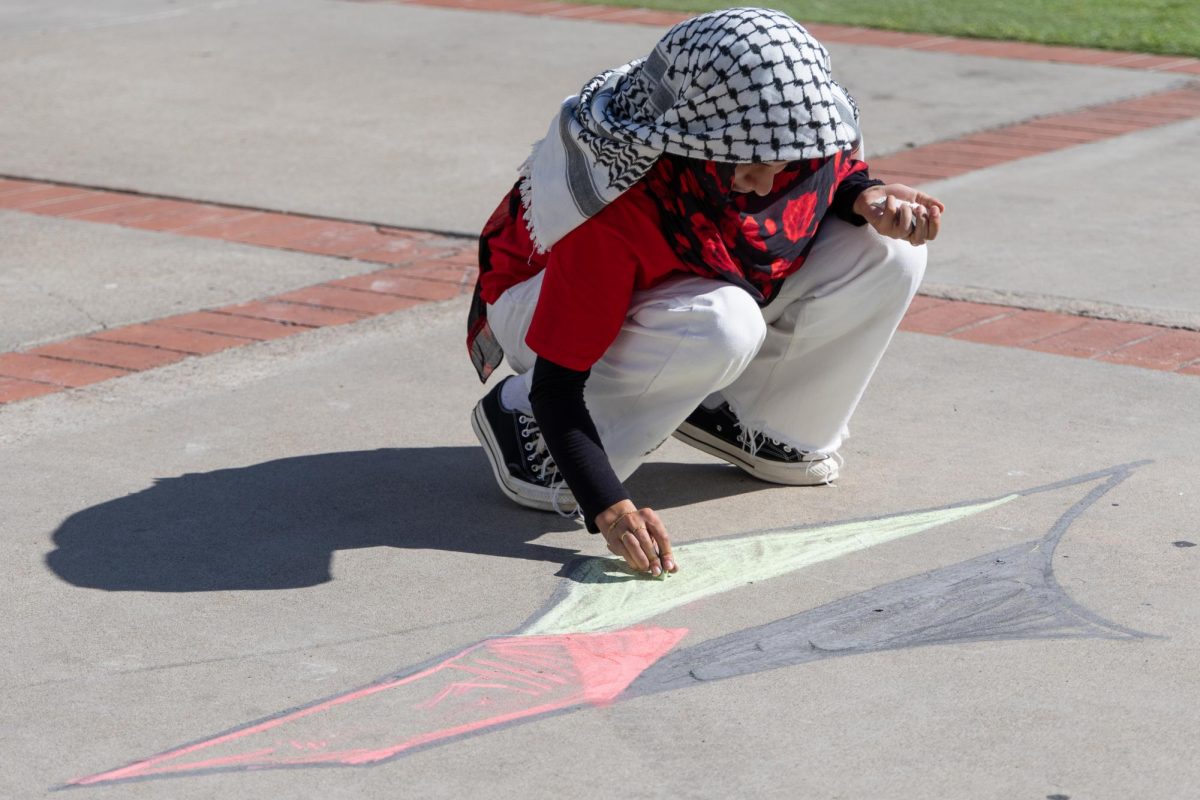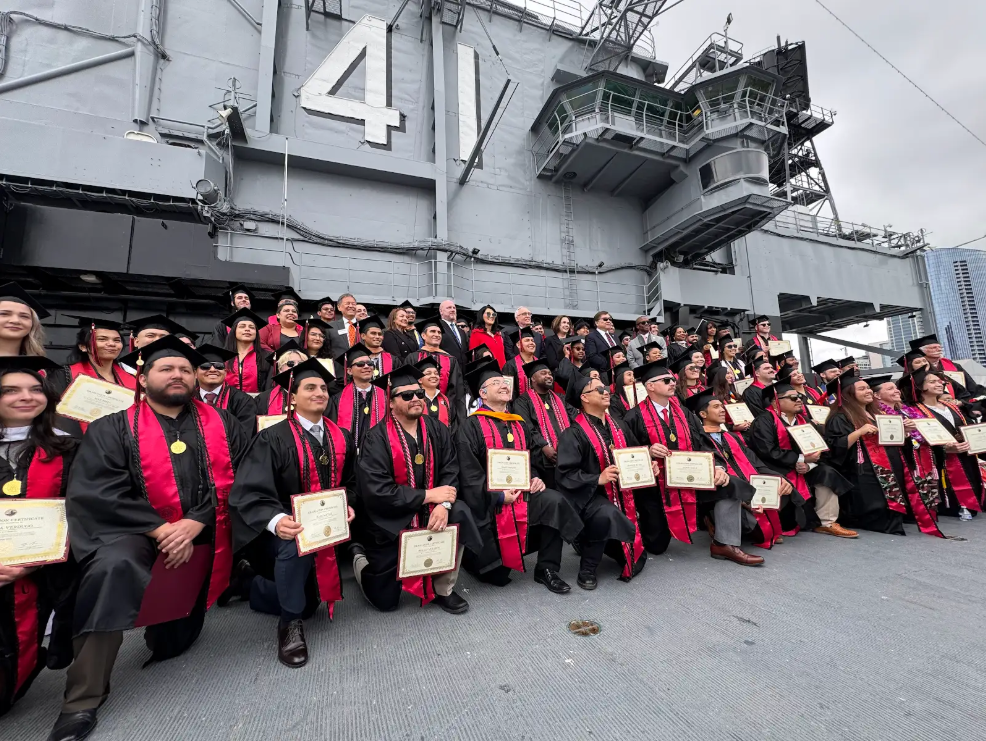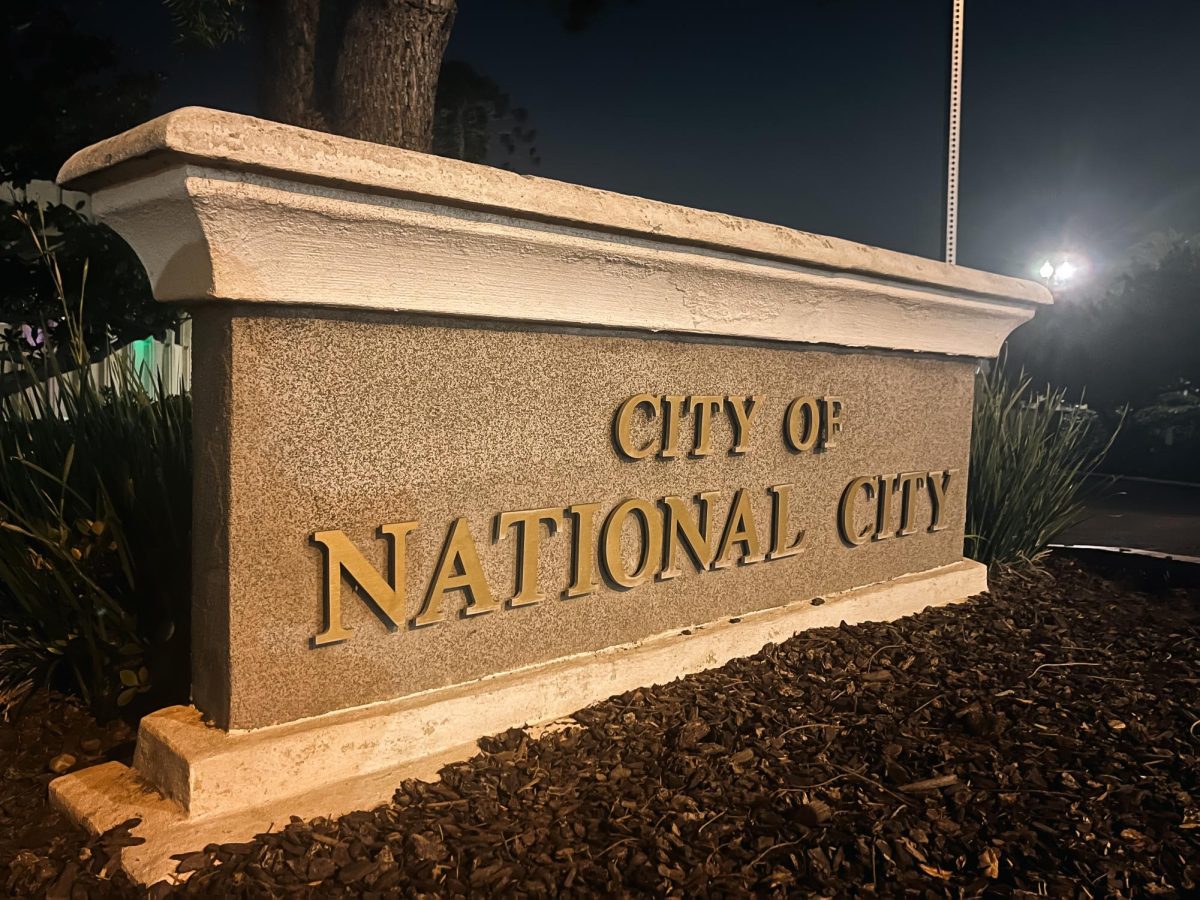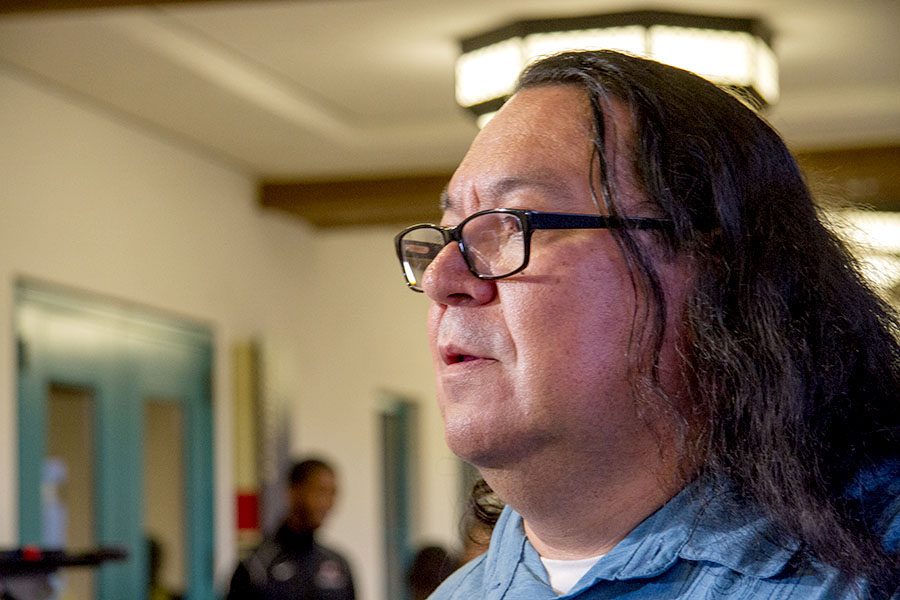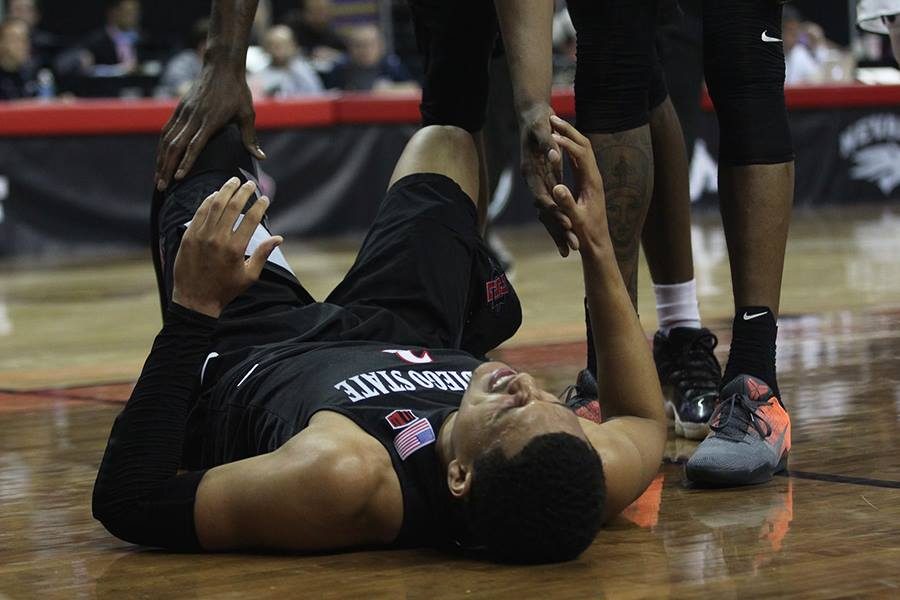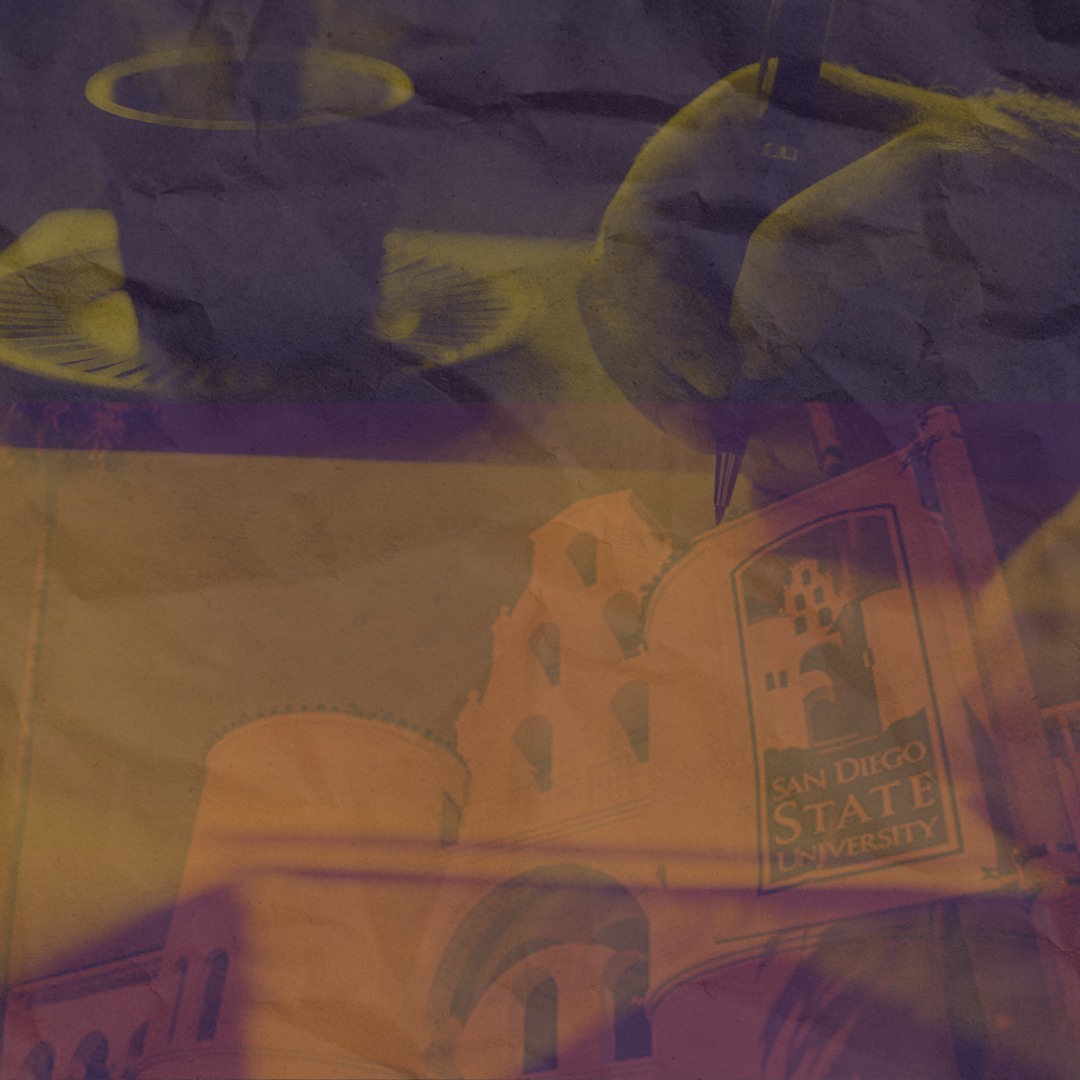Next semester, Diana Richardson, lecturer in the geography department, and Tom Abram, assistant director in facility services, will convert a piece of land, which no one uses, into a drought-resistant garden that will help San Diego State save water. The project will be undertaken by students in Richardson’s recreational land use class.
The main purpose of the project, which was funded by a grant called “Campus as a Living Lab Project,” is to convert an unappealing piece of land and make it into a more drought-resistant and aesthetically pleasing area for students.
“With the current drought, I think people’s attention is turned to what is the responsible types of planting, and I think that we can set a model for the broader community and get students to get more comfortable with more appropriate landscaping,” Abram said.
On campus, these places include grass areas such as the ones in front of Hepner Hall and the Arts and Letters building.
Richardson explained this project is meant to address the many places on campus where the school wastes a substantial amount of resources in watering and landscaping.
While this project is small and it will only save only save a relatively small amount of water, the minor, incremental savings add up, Richardson said. This means the money the school saves from the project, along with other ways SDSU is saving water, will add up to larger, accumulative savings.
Students in the class will be choosing the specific types of plants for the garden, but Richardson is encouraging her students to choose local, sub-Mediterranean plants that don’t need to intake as much water as many other plants like grass. These sub-Mediterranean plants include sages, lavenders, cacti and indigenous trees.
The project started last year when Richardson decided to have her class go out and identify the types of places where people congregate on campus. The students investigated why more chose to spend their time in particular spots. The students then looked into what they could potentially do to make areas more appealing and sustainable in terms of water consumption.
After showing Abram what her students discovered, they began to plan out the project for next spring.
When this project is completed, both Richardson and Abram hope to do more projects like this in the future. In fact, Abram mentioned they are currently looking for other plots of land for future drought-resistant projects, but it is all exploratory at the moment.
Richardson said she hope students will learn that in order to ensure sustainability in a developed area, an equilibrium between the environment, the economy and the people that live in or around that area is vital. Unfortunately, Richardson said, this equilibrium is not always reached because developers want to make a profit without being more environmentally conscience.



